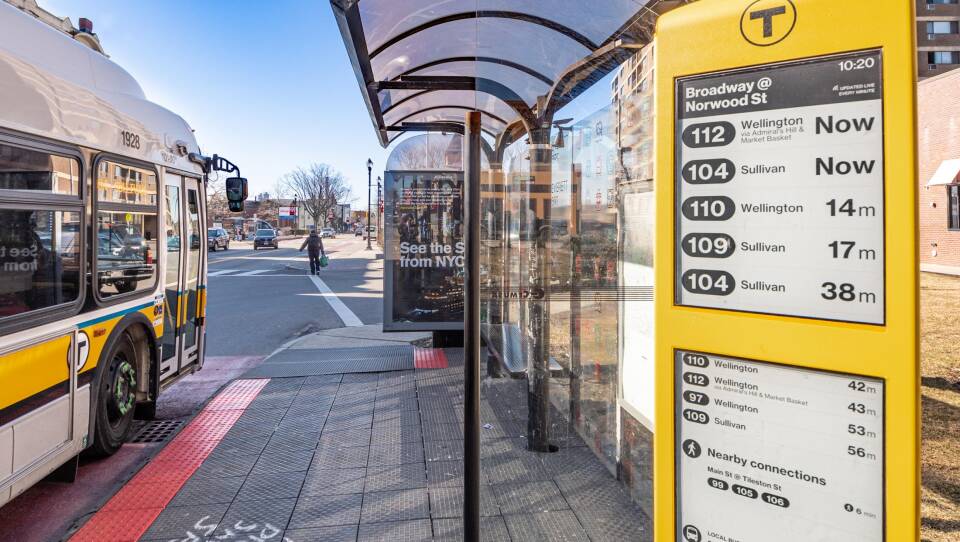A gaggle of people wait for the bus at Copley Square around 8:35 a.m. most weekdays. Some get on a bus quickly, but many spend the next 10 to 15 minutes checking if their bus is, well … real.
Have you ever been ghosted by the bus? You’re not alone.
“Just waited thirty minutes for a bus which never came. Arrived ten minutes before it was scheduled and waited twenty after it’s supposed arrival. Disappeared off my transit app,” one Reddit user said in July.
“Even Harry Potter would’ve been hard-pressed to make an @mbta
bus disappear into thin air, but the T seems to have done exactly that,” Lisa Pollack said on X, formerly Twitter, a few years ago.
“I just stopped looking at the app and just adopted the mentality of 'Well, I hope one shows up and stops in the next 30 - 40 minutes,'” another Reddit user said.
Those are just some of the many social media complaints from passengers detailing the “ghost bus” phenomenon, referring to bus routes dropping rides at the last minute.
It used to be worse. When the MBTA updated its bus tracking in 2018, then-Chief Technology Officer David Block-Schachter agreed ghost buses “are the worst.” He explained the phenomenon happens when predictions don’t line up with reality. Up to that point, there was limited data available on the MBTA’s fleet, leaving apps to rely largely upon some routes’ schedules instead of their performance that day. Part of that 2018 system upgrade was to install GPS systems on all buses, which send their location to real-time feeds for apps to use.
But that tech isn’t foolproof. Riders will still be left waiting for ghost buses if the tracking system isn’t operating properly, or if a trip is dropped — like if a driver calls out sick — and that update is not communicated to the real-time feed.
MBTA Director of Communications Joe Pesaturo said in a statement that the agency is aware of the issue and the T’s efforts to hire more workers, catch up on maintenance and add more tech will help. Pesaturo says the agency aims “to hire and retain frontline workers, maintain our fleet, and generally make sure we can deliver as much of our scheduled service as possible.”
He said last year’s labor agreement enabled the MBTA to improve their “ability to predict bus operator absences, provide adequate coverage, and further reduce associated lost trips.”
Although the MBTA says dropped trips have decreased in the last year, TransitMatters stressed the importance of addressing this issue because it makes it much harder to get anywhere on time, or even predictably.
The nonprofit’s Policy Analyst/Program Manager Katie Calandriello said that “dropped trips as a concept are tied to the MBTA’s operational practice of adhering to a schedule.” When rides are dropped or delayed, buses bunch up, arriving at stops at the same time.
In an effort to combat these transit issues, TransitMatters suggested the MBTA practice headway management. Essentially, buses would arrive at the same intervals (i.e. every 15 minutes) instead of at the same time to decrease delays and eliminate ghost buses.

But under the current system, TransitMatters suggested riders track their bus route instead of just looking at its arrival time at their particular stop.
On Google Maps, you can click on the bus to look a few stops ahead and determine whether or not you’re waiting for a bus that’s actually on its way. The app will also show gray bus icons for vehicles that aren’t currently active.







